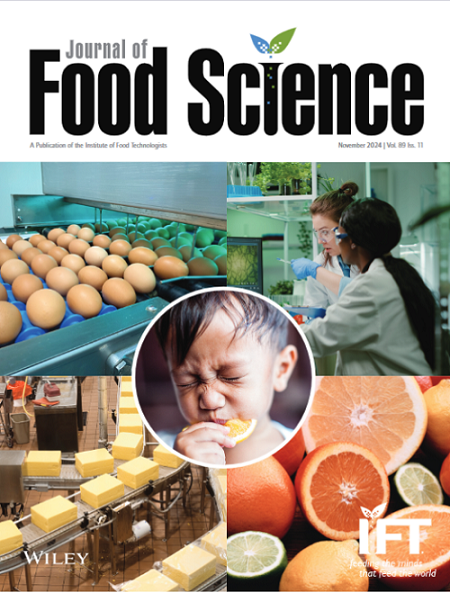Microbiological and Pharmacokinetic Aspects of a Water-Soluble Quercetin 3-O-rutinoside, EubioQuercetin: A Direct Comparison With Quercetin in In Vitro and Human Clinical Studies
Abstract
Quercetin-3-O-rutinoside (Q3R) is a bioflavonoid characterized by the attachment of rutinose, an indigestible disaccharide, to quercetin. EubioQuercetin is a standardized Q3R formulation with improved water solubility. This study aimed to clarify the similarities and differences between EubioQuercetin, Q3R, and conventional quercetin by comparing their microbiological and pharmacokinetic properties. Fecal microbiota analyses showed that the addition of EubioQuercetin significantly increased Blautia and [Ruminococcus] gnavus groups (p < 0.05) and significantly decreased Faecalibacterium and deoxycholic acid (p < 0.05). Correlation analysis of intestinal bacteria showed a significant positive correlation between the relative abundance of Fusicatenibacter and Christensenellaceae R-7 group before the addition of EubioQuercetin and its fold change before and after the addition of EubioQuercetin. In a randomized, open-label, two-sequence/two-period crossover clinical trial, the eight major blood metabolites and their blood abundance ratios showed almost the same tendency between EubioQuercetin and quercetin, with or without rutinose. The pK profile of EubioQuercetin showed a 5-fold increase in Cmax and a 4–5-fold increase in AUClast compared with those of quercetin; the Tmax was 2–3 times longer; the t1/2 was more than 2-fold longer after 4 weeks of continuous administration. A similar trend to that observed in the in vitro human fecal microbiota assay was seen, with increased fluctuations in intestinal bacterial composition following 4 weeks of EubioQuercetin consumption. Preliminary findings indicate that the increased water solubility of EubioQuercetin promotes catabolic and metabolic reactions in intestinal bacteria, and that the tendency of intestinal bacteria to fluctuate is different from that of conventional quercetin.


 求助内容:
求助内容: 应助结果提醒方式:
应助结果提醒方式:


